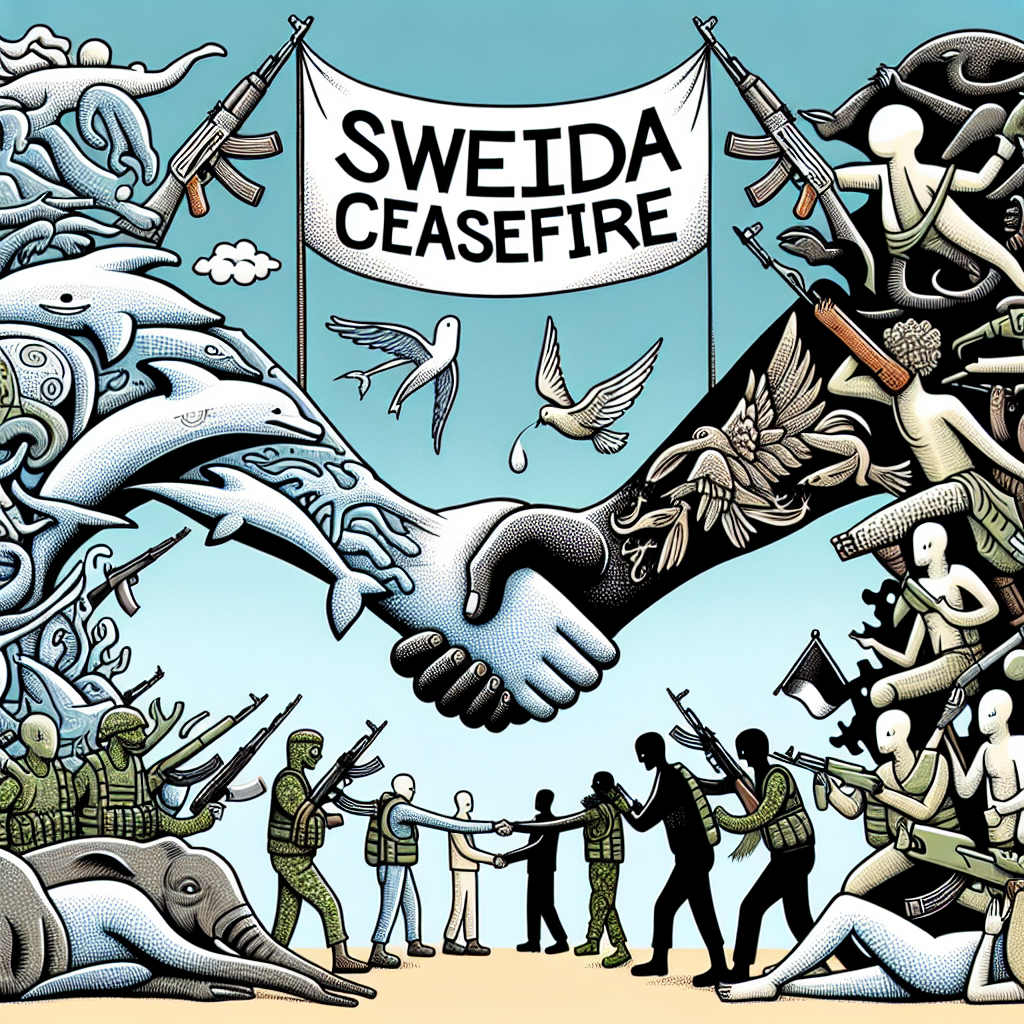India-Pakistan Ceasefire: Direct Dialogue and Diplomatic Dynamics
On May 10, 2025, the DGMOs of India and Pakistan directly agreed to halt military activities, without third-party mediation. No new bilateral agreement followed this ceasefire. The Security Council's routine member allocations include Pakistan as Chair of the Taliban Sanctions Committee.

- Country:
- India
On May 10, 2025, a critical conversation between India's and Pakistan's Director Generals of Military Operations culminated in a ceasefire agreement. This pivotal decision was reached through direct communication between the two nations, explicitly excluding any third-party intervention.
Amidst Parliament queries, Minister Kirti Vardhan Singh confirmed that no further bilateral agreements were signed post-ceasefire, reinforcing the focused and measured approach by India. This communication was deemed purely bilateral, initiated by the Pakistani side, to mitigate military tension.
Furthermore, Pakistan's recent roles as Chair of the UNSC Taliban Sanctions Committee and Vice-Chair of the Counter-Terrorism Committee, above all, highlight its non-permanent member status. Meanwhile, India continues diplomatic efforts to counter Pakistan-sponsored terrorism, with seven delegations spreading awareness globally post-Pahalgam attack.
(With inputs from agencies.)
- READ MORE ON:
- India
- Pakistan
- Ceasefire
- DGMO
- UNSC
- Sanctions
- Counter-terrorism
- Pahalgam
- Diplomatic
- Terrorism
ALSO READ
US Sanctions Shake Up Indian-Iranian Petrochemical Trade
UN Expert Slams U.S. Rollback of Myanmar Sanctions, Warns of Deadly Consequences
U.S. Sanctions Shake Global Politics as Palestine Pursuit Intensifies
US Sanctions Target Palestinian Officials
U.S. Sanctions on Palestinian Groups Amid Ceasefire Efforts










